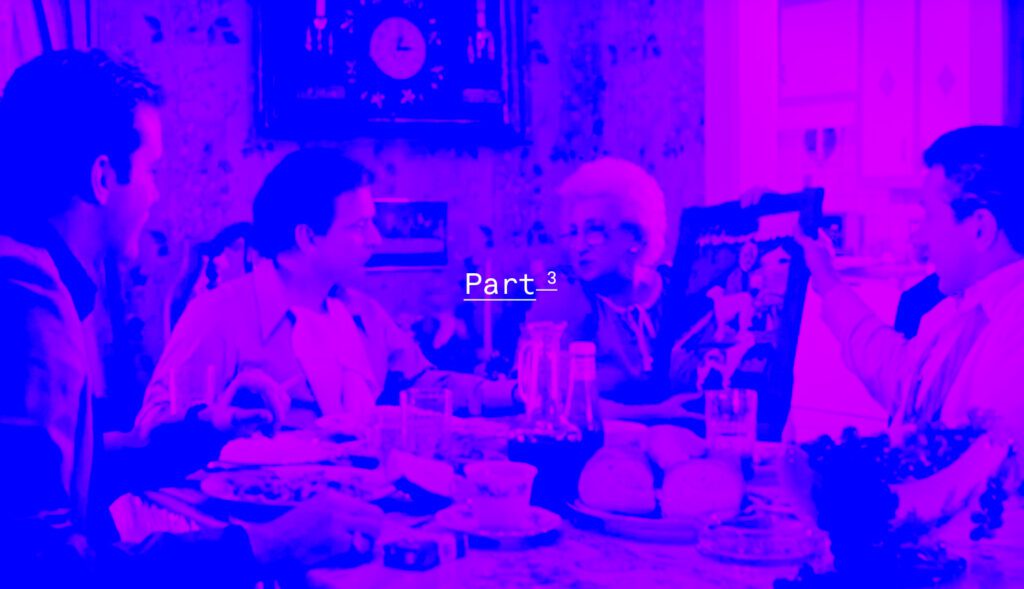While your resume is super important, your portfolio is more important.
This is because it is visual proof to what you have stated on your resume, and shows your design work, visual acumen, and experience. It also allows you the forum to write about the work and projects in your own voice, explain the what, why, how you did what you did, and the outcomes that came from them. It is your professional “diary”.
In this day and age most portfolios are online and digital…even if it is for printed work. A portfolio website can take on any number of styles and ways to organize the projects and info, but we have a few simple suggestions as to how to convey this easily. Although website portfolio aesthetic choices are vast and endless, the same lesson applies from your resume: function should precede form, and clarity of communication should be front and center. It can have style and even a little attitude (if that is really your personality), but if the info is unclear, hard to read, and/or in general, tricky to navigate: you won’t have an audience to speak to.
Your portfolio structure is not the place to challenge an audience and redefine norms as it relates to UI and UX. We have reviewed thousands of bodies of work in our careers and avoid hard to read and “experimental” portfolios. If I have to exhaust myself in viewing your work, I will probably give up in under a minute. Personally, we might really like the aesthetic, however it tells us you do not know how to adjust your content to your audience. And if you haven’t thought about us, guess what, we’re no longer thinking about you.
It’s time to setup your portfolio.
Aren’t you glad you have those style sheets, grids and colors from your personal brand exercise? Assemble your personal brand assets and let’s get into it. We recommend having an overview statement on the homepage so visitors to your site know immediately who and what your perspectives are (like your resume). You can have a hero image, carousel, portfolio grid, or portfolio list…whatever configuration you’d like.
Just make it clear who you are and how to get to your work examples. There are no hard rules to how many portfolio projects you should have. This might depend on your level of experience. Leave the viewer wanting more, not begging for it to end. Each project should tell a story and explain what exactly happened when you did that work.
An example of this format might be:
Client ABC who sells widgets needed a new brand and website. They hired me (or us if through another agency…please credit the name of the agency or studio) to strategize, concept and propose several designs to solve for this. Once a direction was selected we built a website that featured this, that, and the other, and now they are able to promote this new look to their customers with confidence.
Each case study or project should (if possible) showcase multiple components of the project. If it was a project as described in the example above, then the logo, business collateral, presentation decks, social graphics, and website should be shown as mockups or real word imagery so that the brand suite can be viewed as a whole.
If there are instances where the project you are showcasing is one deliverable, like a website: show multiple screen mockups, and detail the unique attributes throughout. This can be the menu, the interface, motion, typography, unique imagery treatments, responsive looks from mobile to desktop, etc. This way the viewer knows what multiple visual creative solutions you brought to the table on said project. One deliverable doesn’t mean it is a single note design strategy — show off the parts and pieces.
Lastly, especially for recent (or soon-to-be) graduates, self-initiated work is acceptable to show, but treat it like client work in the way you present it. From our formula above, share the reason for the project, the rationale for the design choices, and how your design solves for those needs. There is nothing more frustrating from a portfolio reviewer standpoint than a portfolio with few examples, no descriptions, and in general, a disconnected way that the work samples are shown.
Be thorough, be clear, and be organized in your formatting and verbiage when showcasing your work online.
There are many sources for free portfolio sites in addition to paying for a domain, hosting and the actual website: so use them in the way described here and go forward In confidence knowing your work can speak for itself — because it can and needs to. Whether or not it can stand on its own is how you know you have made your work a successful advocate of you. Any additional information gained from speaking with you about it will be a positive.
Be clear and true to yourself and others will be drawn in.
SINCERELY,
Sean Fermoyle
Graphic Designer/Art Director
SEANFERMOYLE.COM
Robert Robbins
Creative Director
ROBERTWROBBINS.COM
